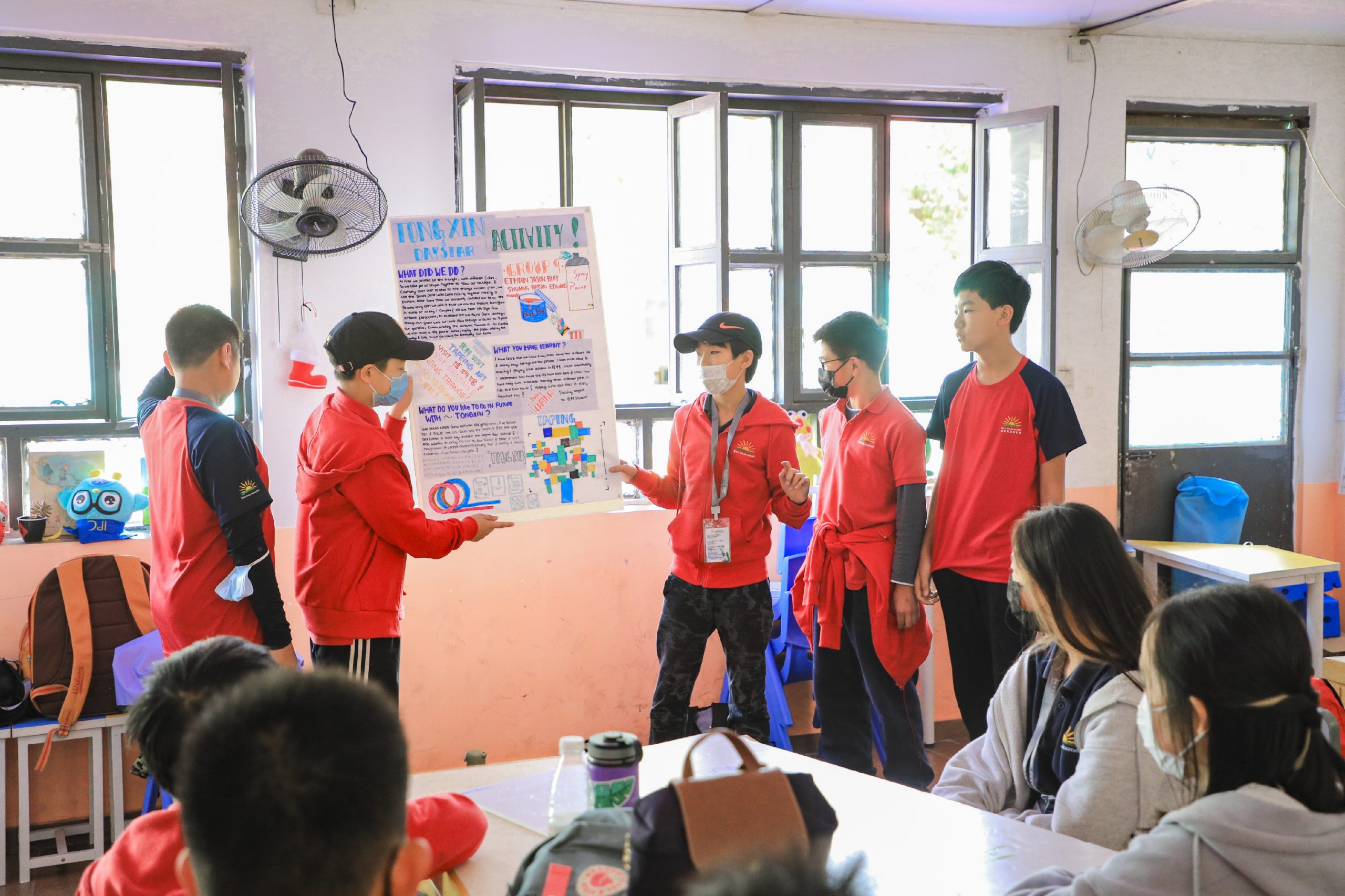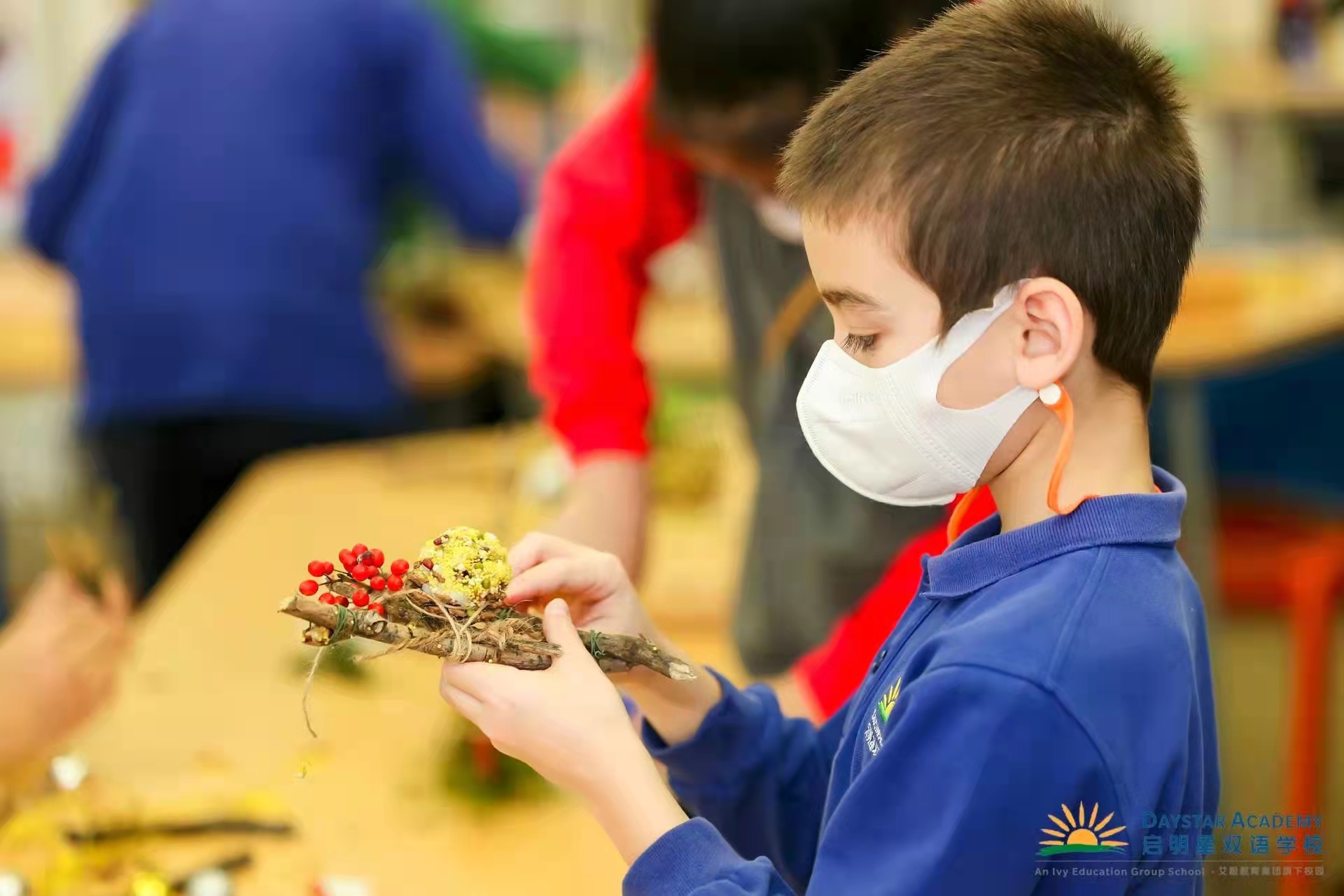 If you’re the parent of a middle or high school student you’ve probably heard the term social innovation a lot lately. The concept is simple: What new social practices or designs can help communities live better? They can be tech-savvy like the translation app Facebook launched in 2017 to connect refugees with legal services, or purposely low tech like the paper spinner designed by engineer Manu Prakash, which can be used by doctors in remote areas to separate plasma from the blood for testing without expensive or heavy equipment.
If you’re the parent of a middle or high school student you’ve probably heard the term social innovation a lot lately. The concept is simple: What new social practices or designs can help communities live better? They can be tech-savvy like the translation app Facebook launched in 2017 to connect refugees with legal services, or purposely low tech like the paper spinner designed by engineer Manu Prakash, which can be used by doctors in remote areas to separate plasma from the blood for testing without expensive or heavy equipment.
In fact, social enterprise and impact investing now make up such a large portion of the global economy that the Harvard Business Review weighs it as 20 percent of the overall score when listing the 100 top-performing CEOs globally. What’s more, according to the World Economic Forum, a larger portion of new companies identify their mission as social impact than at any other time since the organization began keeping such data.
So how does this apply to our kids and their schooling? The idea is that they will use the knowledge and educational foundation acquired in the classroom and apply it practically to real-world social issues. This kind of practical learning is an offshoot of project-based programing that encourages students to focus on making an impact in their communities now, as opposed to 20 or 30 years from now. It is becoming an integral part of training empathetic and globally-minded citizen leaders because students can see first-hand how important their influence is.
Beijing schools have been actively embracing this philosophy, particularly in the form of Social Innovation Projects and Trips. To find out more, we spoke with Elizabeth Walker Sobhani, an 11-year Beijing expat, mom of two, and Social Impact Coordinator for Ivy Education Group.

What is a Social Impact/Innovation Project and is it different from a service project?
The concept of doing service is to volunteer and help out to address a need, while expecting nothing in return which is very admirable. As an educational organization, we believe that service is part of social innovation, but the framework is more comprehensive. It begins with understanding our passions, interests and character and developing these strengths, then deeply researching and connecting with a community challenge to learn more, and finally taking meaningful action to make a difference and inspire others by using our skills and strengths.
Why are they important for children?
Children have incredible potential and creativity to be social innovators, and when this is cultivated in childhood or adolescence, it will become a habit for life. In any career or community they live, we hope they will be looking for ways to make a meaningful difference.
Why are they important for communities?
We cannot rely on the government, businesses, or nonprofits to create a better world – research from the British Chamber shows it will take a generation of social innovators, so we all need to play a role, both adults and children.
What makes a great project?
I believe a great social innovation project is one where the student has a true passion and interest in this area so they are intrinsically motivated, where they do primary research to explore the issues deeply by talking to the community members and actively listening and understanding their points of view, and where they co-create solutions with the community – solutions that are sustainable and address the root causes.
What are some ways schools can inspire students to get involved?
It starts by learning about our communities and some of the challenges we are facing. How can we apply the knowledge students are learning in school to the real-world context? It can come alive with guest speakers that work in the field, or by taking students out to interview businesses or residents who live around the school to understand their needs, or perhaps visit the nearby park and test the water quality and create a biodiversity map. We do not want to live in a bubble of textbooks. I believe schools should be integrated into their local communities so all can benefit.
How can parents encourage their children to get involved?
Children are watching their parents on a daily basis, so we should strive to be role models, showing empathy and care to others and connecting with our communities at work, family or in our neighborhoods, always looking to make a positive contribution. Secondly, we can naturally have more meaningful conversations with our children about the environment, about inequalities, or about the things we care for. Thirdly, we can accompany our children, not force them, to be involved. So, we give them the opportunity to come along with us to a school for orphans to read books, or we support and encourage them if they want to do a trash pick-up with friends.
Once the project is over how can students ensure their work will have an ongoing impact?
Maybe your project is over, but if we really care for the cause, then please stay connected with the charity/community to see how they are doing and share and inspire others to get involved too!
Ultimately, social impact isn’t about making a difference once. It’s about doing something that will have an effect long term and thoughtfully finding ways to create sustainable change. That, in effect, won’t just make a world of difference, it will literally make the world different. Isn’t that what we all imagine for the next generation?

Images: Daystar Academy

This article appeared in the jingkids 2022 School Choice Guide issue




